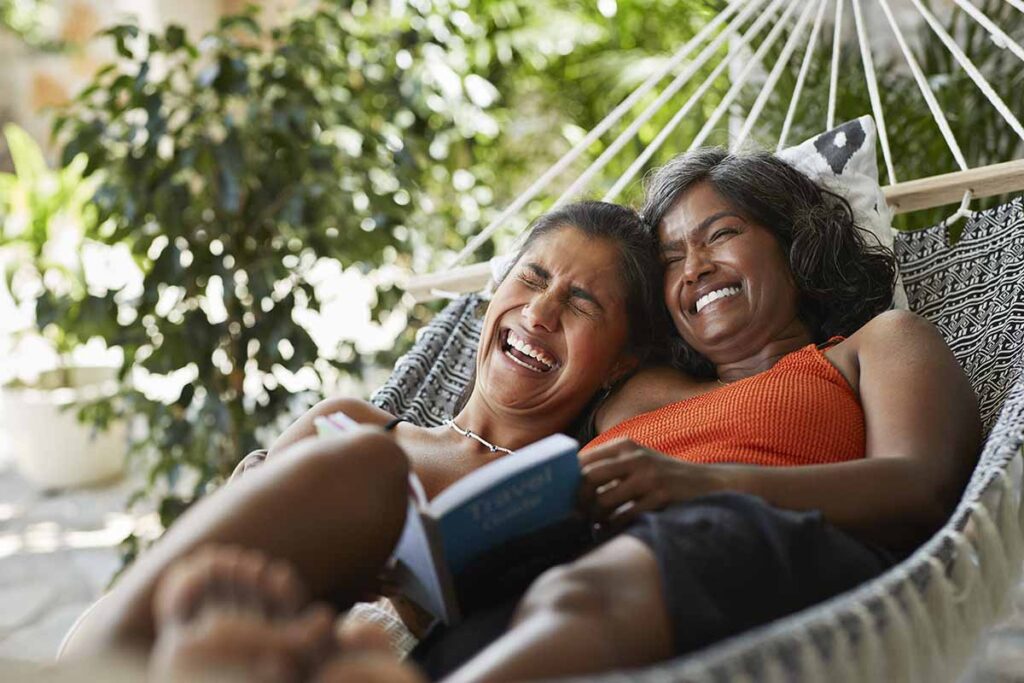
Amid the whirlwind of modern life, the slow living and slow fitness movements are gaining traction, encouraging people to step back, breathe, and embrace a more intentional pace. Rejecting the high-intensity fitness culture, slow fitness emphasizes mindful movements that focus on long-term wellbeing, whether through yoga, tai chi, or even cozy cardio sessions at home.
Slow fitness and slow living are interconnected lifestyle trends that emphasize mindfulness, balance, and sustainability. Both movements are a response to the fast-paced, overstimulating modern world, offering a more deliberate, intentional way of living.
Slow fitness challenges high-intensity workout culture by focusing on a more mindful, body-aware approach to movement, encouraging people to move at their own pace, paying attention to form, breathing, and overall wellbeing. Activities like yoga, Pilates, tai chi, and long, mindful walks are associated with slow fitness. These emphasize the importance of connecting with the body and focusing on long-term health benefits over short-term physical gains.
An extreme example is the TikTok trend of “cozy cardio,” which made the news earlier this year. CTV reported:
“This method of (minimal) calorie burning has gained popularity on TikTok and Instagram ever since a woman named Hope Zuckerbrow began posting videos in late 2022 … Cozy cardio simply involves walking in place — in the comfort of your home — using a mini treadmill or ‘walking pad.’ No stress, no membership fees, no preening for other, buffer-than-thou gym rats. And you can even have a cup of hot tea by your side.”
Sounds nice, right? “Slow running,” meanwhile, is exactly what it sounds like: running at a slow pace that you could easily maintain for an hour rather than pushing to the limit.
The slow fitness philosophy encourages people to view fitness as a lifelong practice.It promotes recovery, mental clarity, and emotional balance, helping individuals avoid burnout from excessive, high-intensity workouts.
Slow living is a broader lifestyle movement that emphasizes taking the time to enjoy life’s moments, whether that’s through slow eating, slow travel, or embracing minimalism. It’s about creating a more intentional, less hurried existence where quality is prioritized over quantity. Slow living encourages people to simplify their lives, reduce unnecessary stress, and live more sustainably. This often involves practices like reducing consumerism, spending more time in nature, and finding joy in small, everyday experiences.
The BBC reports that millennials are embracing the concept and that the #SlowLiving hashtag has been used more than six million times on Instagram.
“Gen Z, meanwhile, have pioneered quiet quitting and ‘lazy girl jobs,’ where one does the minimum at work to preserve your energy for the more meaningful parts of your life, be that hobbies, relationships, or self-care. And people across the generations are united in wanting to work less: in the UK, the concept of the four-day week is gaining serious traction. To be facetious about it: hustle is out, and rest is in.” – BBC
The slow living movement is deeply tied to mindfulness and self care, offering a way to reconnect with what truly matters. It may involve adopting a minimalist lifestyle, reducing commitments, and being more present in the moment – a direct response to the pervasive culture of urgency. Slow living also promotes environmental consciousness, encouraging people to consume less and live in harmony with nature.
While busy culture will not disappear, these trends reflect a growing shift in pockets of society toward wellness and sustainability, encouraging people to prioritize mental and physical health through intentional, thoughtful living.
Spa Executive is published by Book4Time, the leader in guest management, revenue and mobile solutions for the most exclusive spas, hotels, and resorts around the globe. Learn more at book4time.com.



